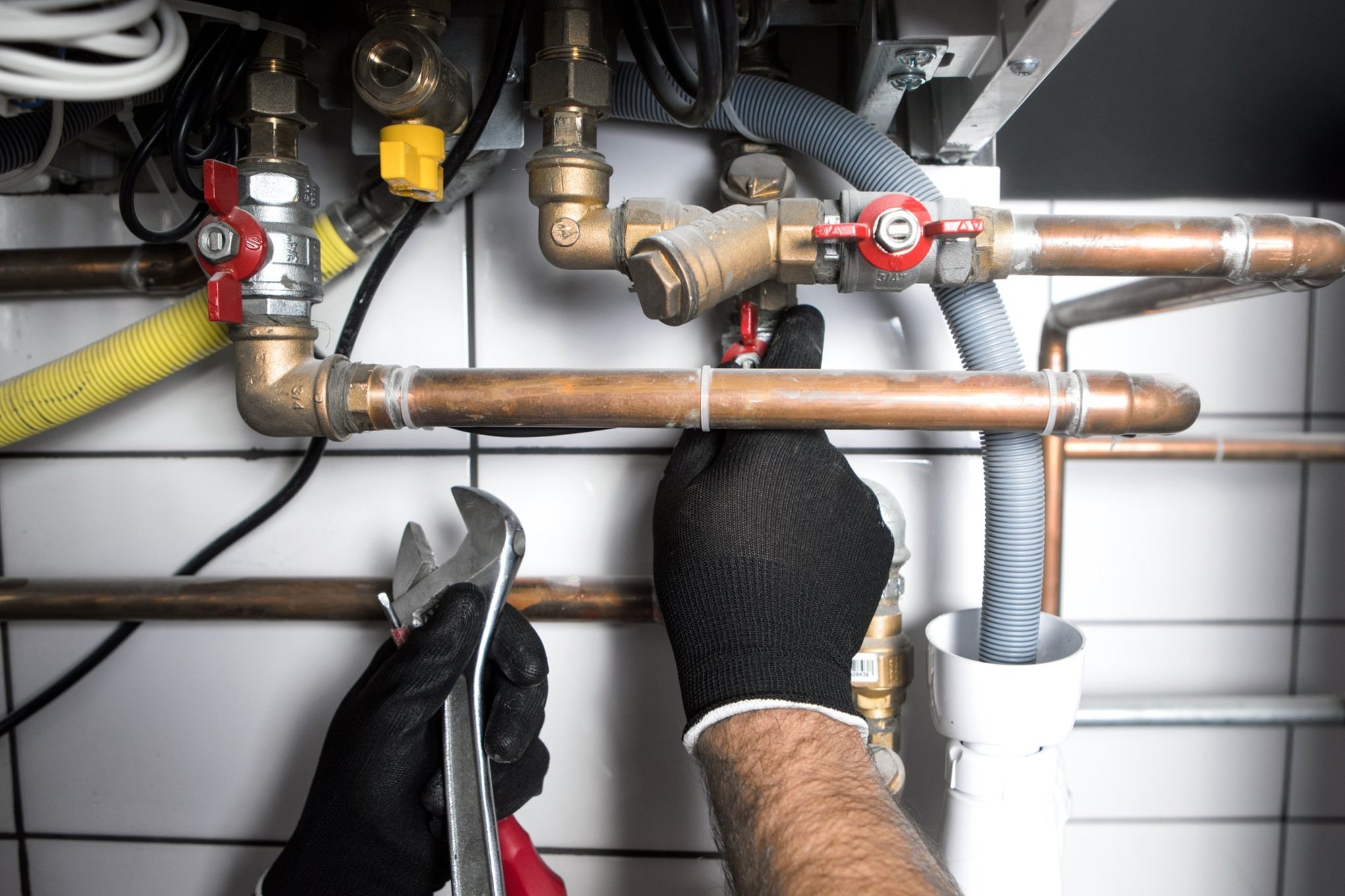How Does Your Plumbing System Work? A Beginner's Guide
Your plumbing system is one of the most essential components of your home, yet it often operates behind the scenes, out of sight and out of mind. Understanding the basics of how your plumbing system works can help you identify issues, maintain your system, and appreciate the complexity of this vital network. Here’s a beginner-friendly guide to the key elements of your plumbing system and how they work together.
The Main Components of a Plumbing System
A typical plumbing system has three main components:
Water Supply System: Brings fresh water into your home.
Drainage System: Carries wastewater and sewage out of your home.
Fixtures and Appliances: Include faucets, toilets, sinks, showers, water heaters, dishwashers, and washing machines.
Water Supply System
The water supply system delivers clean water to your home from a municipal water source or a private well. This system operates under pressure to ensure water flows where it’s needed.
Key elements:
Main water line: The pipe that connects your home to the municipal water supply or well.
Shut-off valve: Controls the water flow into your home; crucial in case of an emergency or repair.
Pipes: Made of materials like copper, PEX, or PVC, they distribute water throughout your home.
Pressure regulator: Ensures water pressure stays at a safe and functional level.
How it works: Water enters your home under pressure, travels through pipes, and is delivered to fixtures like faucets and showerheads.
Drainage System
The drainage system, also known as the sanitary system, removes wastewater and sewage from your home and directs it to the municipal sewer system or a septic tank.
Key elements:
Drainpipes: Carry wastewater from sinks, toilets, and other fixtures to the main sewer line.
Vent pipes: Allow air to enter the drainage system, preventing suction that could disrupt water flow and ensuring proper drainage.
Traps: U-shaped pipes under sinks that hold a small amount of water to block sewer gases from entering your home.
Cleanouts: Access points for removing clogs and performing maintenance.
How it works: Gravity is the primary force behind the drainage system. Wastewater flows downhill through sloped pipes, guided by gravity to the sewer or septic system.
Plumbing Fixtures and Appliances
Fixtures and appliances are the visible parts of your plumbing system, where water enters or exits your home. They’re designed for convenience, hygiene, and functionality.
Common fixtures:
Faucets and sinks (kitchen and bathroom).
Showers and bathtubs.
Toilets.
Outdoor spigots.
Appliances:
Water heaters: Heat water for bathing, cleaning, and cooking.
Dishwashers and washing machines: Rely on the water supply and drainage systems for operation.
The Role of Maintenance
Proper maintenance is essential to keep your plumbing system running smoothly and prevent costly repairs.
Tips for maintaining your plumbing system:
Inspect pipes for leaks or corrosion regularly.
Avoid pouring grease or debris down drains to prevent clogs.
Flush your water heater annually to remove sediment buildup.
Use drain screens to catch hair and debris in showers and sinks.
Test shut-off valves periodically to ensure they’re working properly.
Common Plumbing Problems and Solutions
Understanding how your plumbing system works can help you address common issues:
Leaky faucets: Often caused by worn-out washers or seals; replace the damaged parts.
Clogged drains: Use a plunger or drain snake to remove blockages.
Low water pressure: Check for clogged aerators or potential leaks.
Running toilets: Replace faulty flappers or fill valves.
When to Call a Professional
While basic plumbing tasks like unclogging drains or fixing minor leaks can be done yourself, some issues require professional expertise:
Burst pipes or major leaks.
Sewer line backups.
Water heater malfunctions.
Persistent low water pressure.
Conclusion
Your plumbing system is a complex network that keeps your home running smoothly. By understanding its main components and how they work together, you’ll be better equipped to maintain it, troubleshoot issues, and know when to call in a professional.

